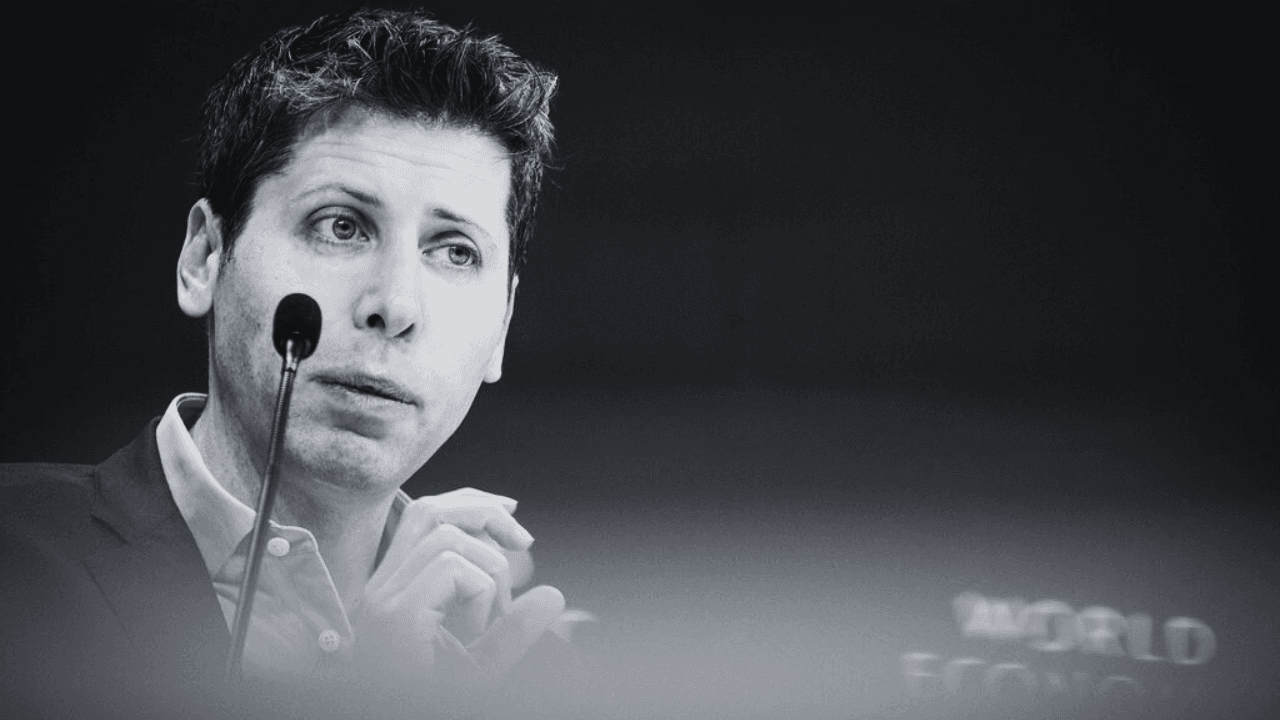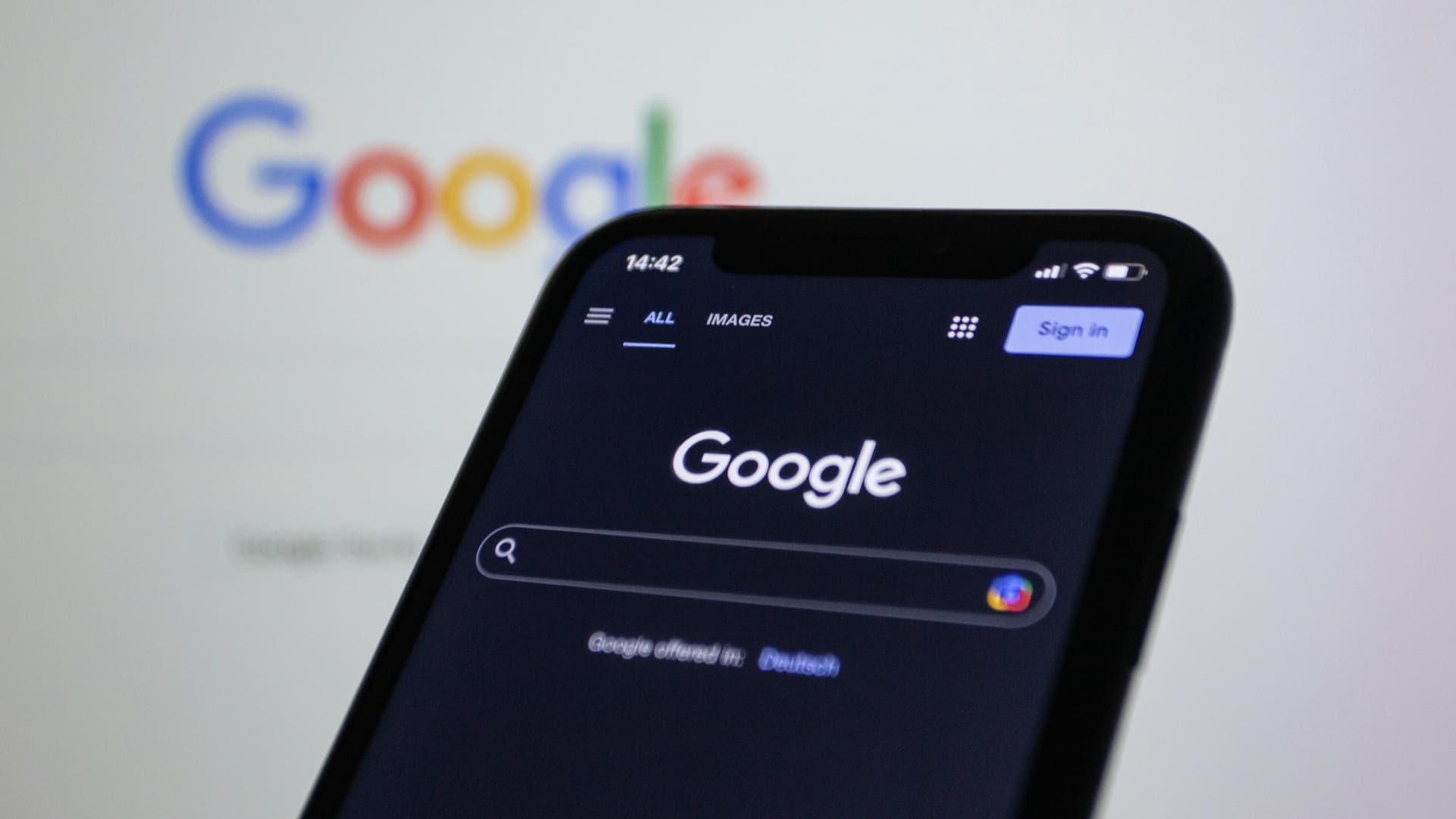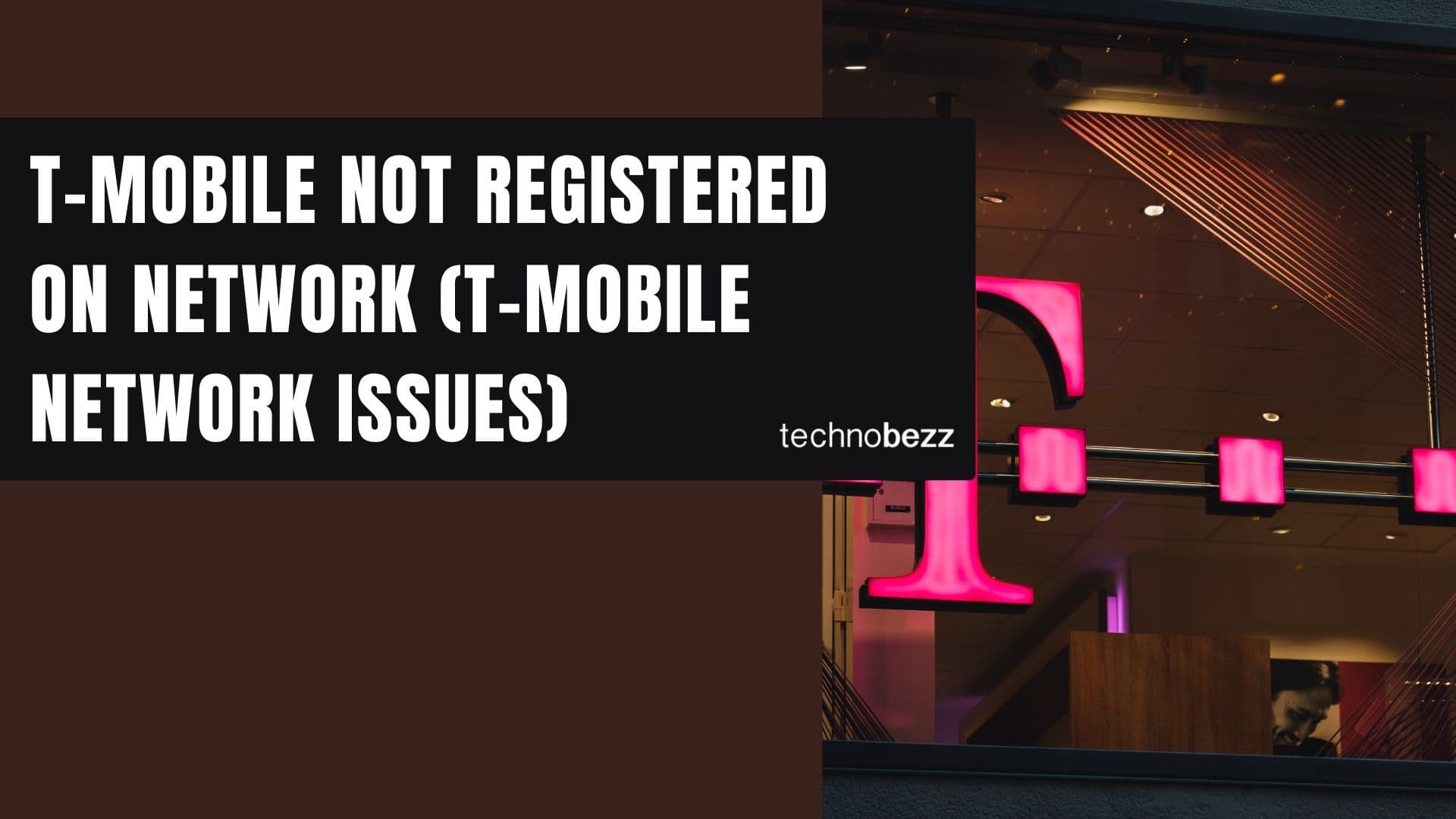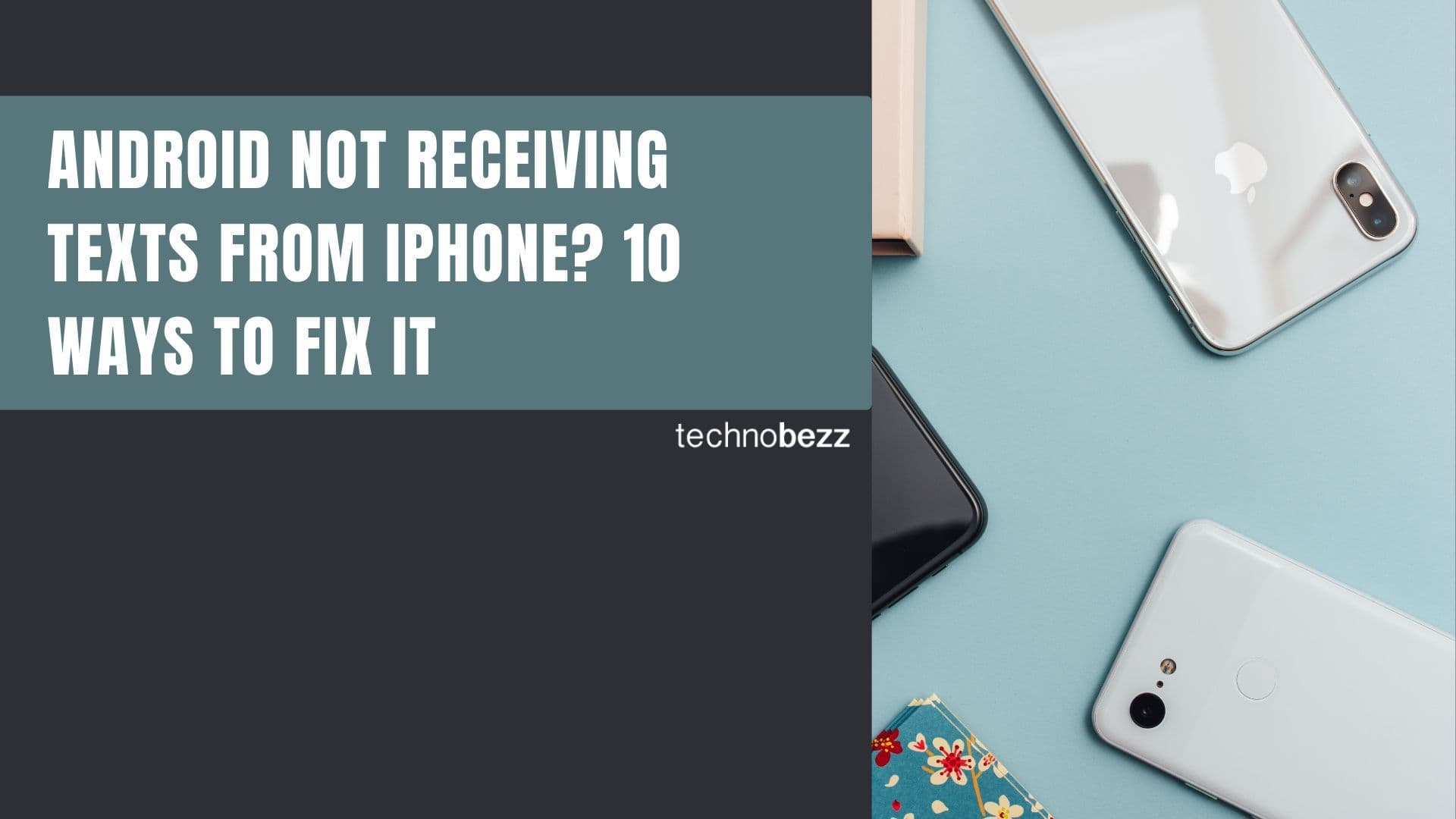While the rest of us worry about our jobs getting automated away, tech executives have quietly orchestrated the most sophisticated job protection scheme in corporate history. It's not about building better algorithms or faster processors. It's about positioning themselves as absolutely essential to the AI future they're creating.
You can also set us as a preferred source in Google Search/News by clicking the button.
See also - Why AI Safety Officials Keep Quitting Their Jobs
The strategy is brilliant in its simplicity: make yourself the indispensable human in the loop.
Consider what's happening at the highest levels of government and industry. When the Department of Homeland Security announced its new Artificial Intelligence Safety and Security Board, who did they tap to guide America's AI future? Tech CEOs and executives. The board includes leaders from major tech companies who will "advise DHS on ensuring the safe and responsible deployment of AI technology" across critical infrastructure sectors.
These aren't just advisory roles, they're positions of real power. The board will develop recommendations for transportation providers, power grid operators, and internet service providers on how to leverage AI responsibly. In other words, tech leaders are literally writing the rules for how AI gets deployed across the entire economy.
Meanwhile, companies are replacing thousands of workers with AI systems. UPS announced plans to cut about 20,000 jobs and close 73 facilities in 2025 amid reduced Amazon volumes and a network reconfiguration; CEO Carol Tomé did not attribute the cuts to machine learning. Fiverr cut 30% of its workforce as part of an "AI-First" mindset. Amazon CEO Andy Jassy said the company "expects" AI adoption will reduce its total corporate workforce in the next few years.
But notice who's not getting replaced? The CEOs making these decisions.
The pattern becomes clear when you look at how executives discuss AI's limitations. Research from UC Berkeley shows that despite AI's impressive capabilities, "only 12% of executives incorporate it strategically into their business plans." This isn't incompetence, it's positioning. By emphasizing AI's current limitations and the need for human oversight, leaders establish themselves as irreplaceable strategists.
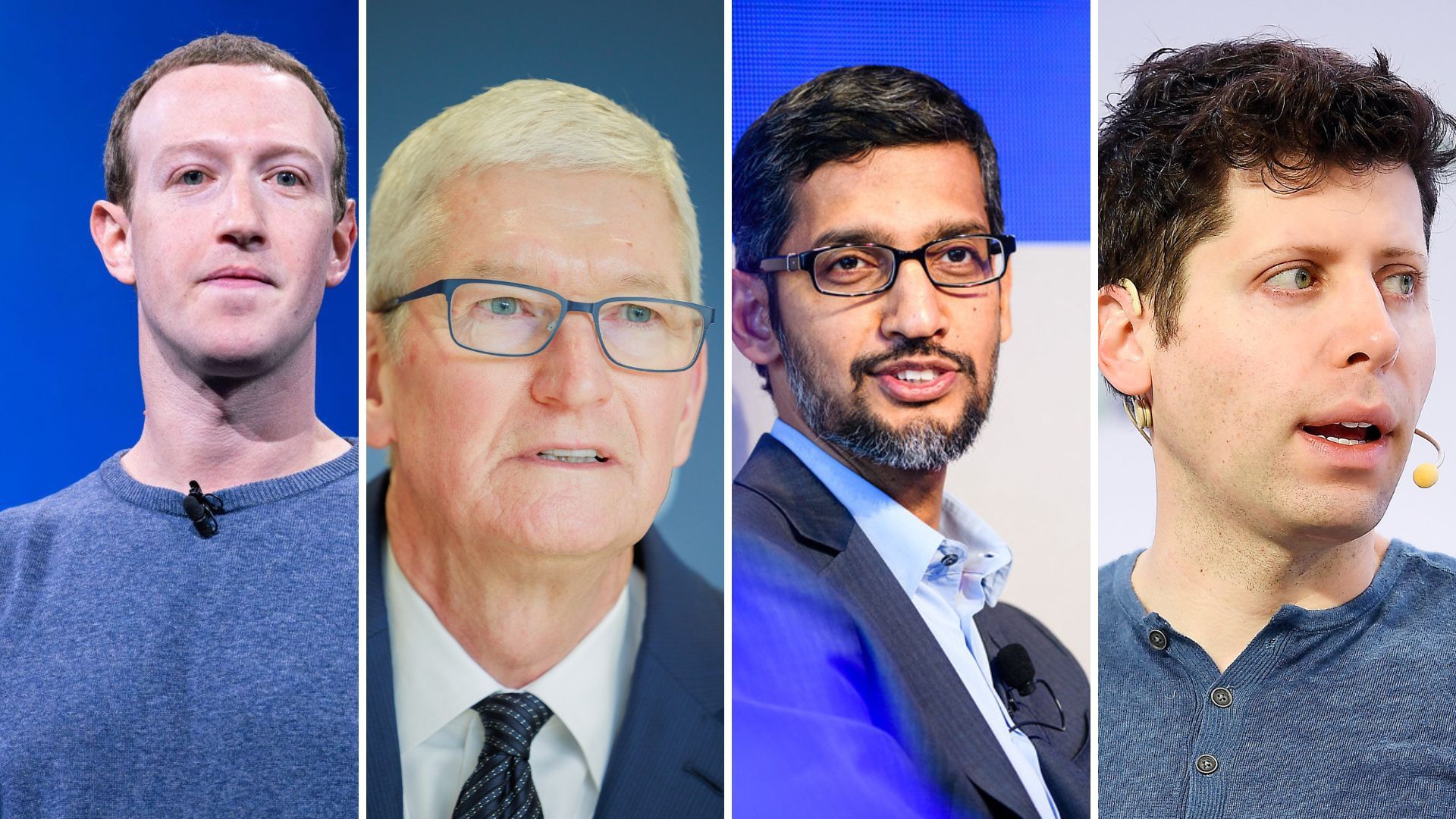
Jennifer Tour Chayes, working with California Governor Newsom on AI policy, puts it perfectly:
"It is critical we nurture a robust innovation economy and foster academic research - this is how we'll ensure AI benefits the most people, in the most ways, while protecting from bad actors and grave harms."
Notice the emphasis on human judgment and protection from "bad actors."
See also - AI Chatbots Are Getting Marriage Proposals While Real Dating Apps Struggle to Keep Users
The Executive Shield Strategy
Tech leaders have masterfully positioned themselves as the essential guardrails against AI's potential dangers. When President Trump signed executive orders "enhancing America's AI leadership," he relied on tech industry input to shape policy. When Governor Newsom announces AI initiatives to "protect Californians," he partners with industry leaders.
The message is consistent: AI is powerful, but it needs wise human leadership to deploy safely and effectively.
Some executives are even experimenting with AI versions of themselves, but in carefully controlled ways that reinforce their indispensability. Klarna CEO Sebastian Siemiatkowski and Zoom's Eric Yuan have used AI avatars for earnings calls, but they frame these as novelty demonstrations rather than replacements. "I am proud to be among the first CEOs to use an avatar in an earnings call," Yuan's digital twin declared, emphasizing the human CEO's pioneering leadership.
Research backs up this positioning. A Harvard Business Review study testing GPT-4o in a simulated CEO role found that while AI "outperformed human participants on most metrics," it "failed during simulated market shocks, akin to the unpredictability of the Covid-19 pandemic." The study concluded that "AI cannot assume the full responsibility of a CEO in markets that serve humans."
The University of South Florida's research on AI and leadership drives the point home: "The most successful leaders will not be those who resist change but those who are eager to learn how AI can enhance human work." Leaders who focus on "emotional intelligence, judgment, adaptability, and ethical responsibility will continue to thrive."
This isn't just academic theory. Microsoft's 2024 Work Trend Index found that while 79% of leaders say AI adoption is critical, 60% say their company lacks a plan to implement it. The implication? Human leadership remains essential to bridge that gap.
The Regulatory Capture Play
Perhaps the most ingenious aspect of this strategy is how tech leaders have positioned themselves as essential partners in AI regulation rather than subjects of it. When Arkansas Governor Sarah Huckabee Sanders warns that "Americans are at risk from bad actors in the AI industry," the proposed solution isn't to restrict tech leaders, but to empower them to self-regulate through "smart regulations that simultaneously protect consumers while encouraging growth."
The DHS AI Safety and Security Board exemplifies this approach. Rather than external oversight, it's structured as a partnership where tech executives help design the very rules they'll operate under. The board will "help DHS stay ahead of evolving threats posed by hostile nation-state actors" while ensuring the tech industry remains innovative and profitable.
Even the fake job seeker crisis highlighted by security companies like Pindrop demonstrates this dynamic. Pindrop CEO Vijay Balasubramaniyan warned that deepfake job candidates are infiltrating the market at an "unprecedented rate" and described how impostors use AI to mimic identities. The problem becomes the justification for more human executive oversight, not less.
The Brilliant Contradiction
Here's the beautiful irony: while tech CEOs publicly champion AI's transformative power, they simultaneously argue for its limitations when it comes to leadership roles. Jensen Huang said, "You're not going to lose your job to an AI, but you're going to lose your job to someone who uses AI." - except, notably, for the humans making strategic decisions about AI deployment.
The Stanford AI Index Report reveals that 81% of K-12 computer science teachers believe AI should be part of foundational education, "but less than half feel equipped to teach it." This educational gap creates another layer of executive indispensability: who else but current tech leaders can guide society through this transition?
Geoffrey Hinton, the "Godfather of AI," warns that most jobs will be automated away, predicting "you'd have to be very skilled to have a job that it couldn't just do." But his definition of "very skilled" consistently includes the kind of strategic thinking and judgment that characterizes executive roles.
The data supports their positioning. McKinsey research finds that "almost all companies invest in AI, but just 1 percent believe they are at maturity." The biggest barrier? "Not employees - who are ready - but leaders, who are not steering fast enough." The solution isn't better AI; it's better leadership.
This isn't just corporate self-preservation. It's a systematic redefinition of what work means in an AI world. By establishing themselves as the necessary human elements in AI systems, tech executives have created a new category of irreplaceable work: the oversight, strategy, and ethical guidance that only humans can provide.
While millions of workers face an uncertain future as AI automates their roles, tech CEOs have engineered the ultimate job security.
They've made themselves not just immune to AI replacement, but absolutely essential to AI's responsible development and deployment.
It's the kind of strategic thinking that ensures they'll still be running things long after the machines take over everything else.
If you enjoyed this guide, follow us for more.



